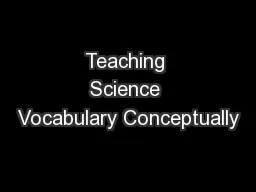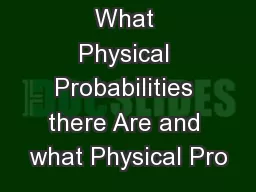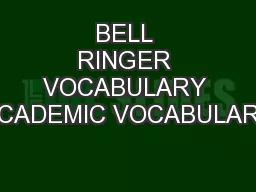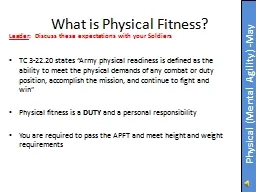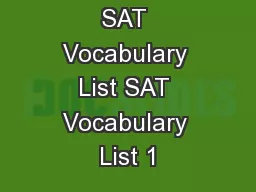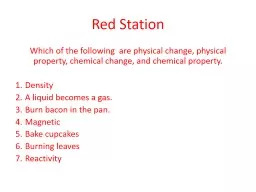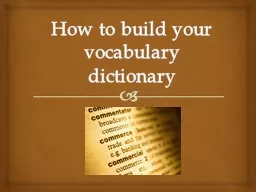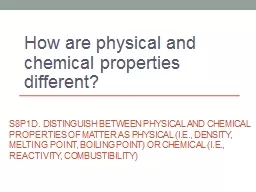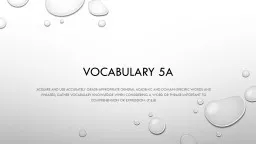PPT-Physical Science Vocabulary
Author : violet | Published Date : 2023-11-12
Week 10 1 Hydrogen Symbol H Atomic Number 1 Combines with oxygen to form water 2 helium Symbol He Atomic number 2 Was used to make the first gas lasers 3 lithium
Presentation Embed Code
Download Presentation
Download Presentation The PPT/PDF document "Physical Science Vocabulary" is the property of its rightful owner. Permission is granted to download and print the materials on this website for personal, non-commercial use only, and to display it on your personal computer provided you do not modify the materials and that you retain all copyright notices contained in the materials. By downloading content from our website, you accept the terms of this agreement.
Physical Science Vocabulary: Transcript
Download Rules Of Document
"Physical Science Vocabulary"The content belongs to its owner. You may download and print it for personal use, without modification, and keep all copyright notices. By downloading, you agree to these terms.
Related Documents


